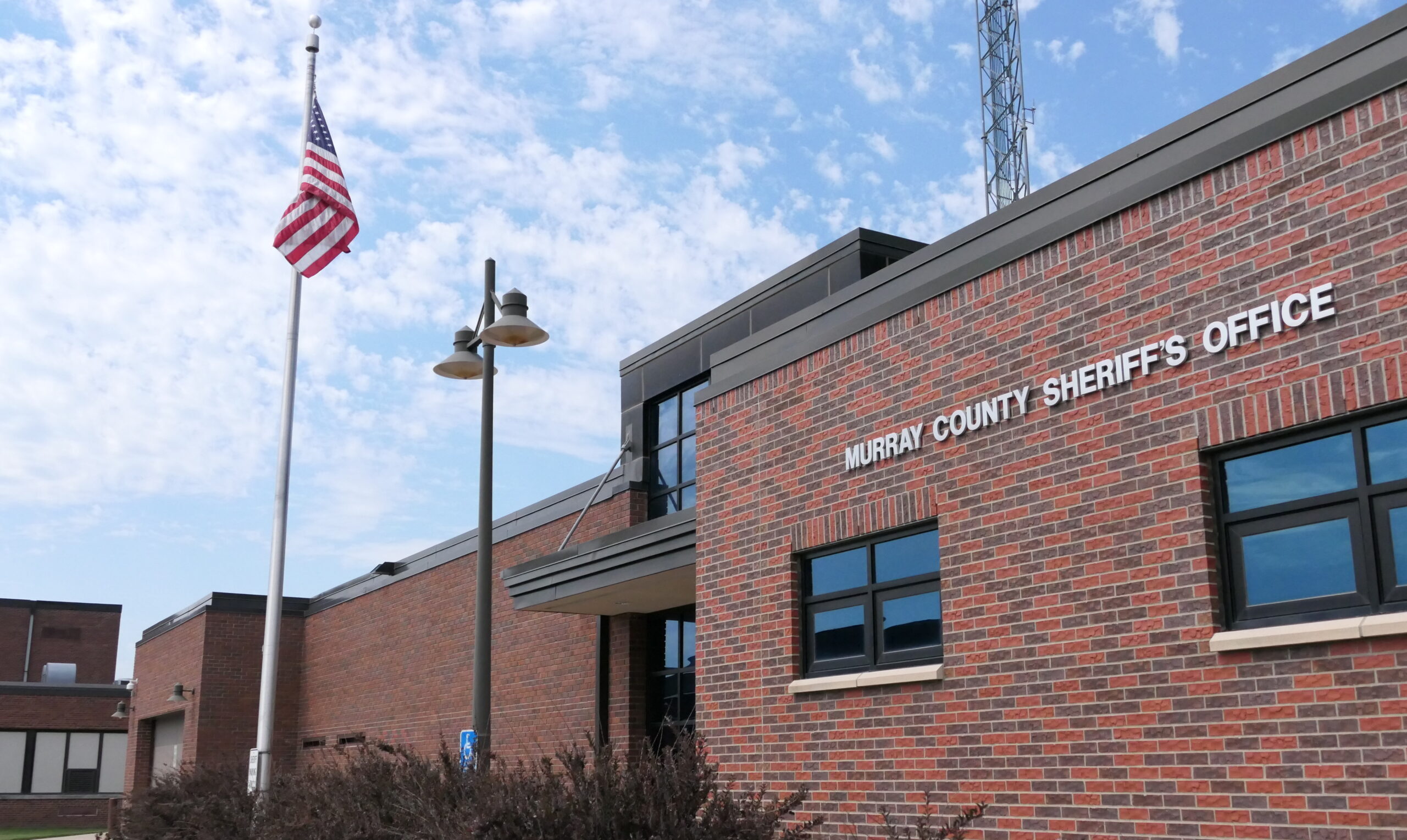WASHINGTON – The U.S. Department of Agriculture (USDA) Farm Service Agency (FSA) is now accepting nominations for farmers and ranchers to serve on local FSA county committees. These committees play a crucial role in administering federal farm programs at the local level. Nomination forms for the 2024 election must be submitted to local FSA offices by August 1, 2024.
Serving on an FSA county committee offers producers a chance to represent their interests and influence policy implementation. Elections will begin in November for certain Local Administrative Areas (LAAs), which can cover single or multiple counties and may include urban or suburban areas.
Eligible agricultural producers must participate or cooperate in a USDA program and reside in an LAA up for election. Producers can nominate themselves or others, and organizations can also nominate candidates. USDA encourages minority, women, urban, and beginning farmers and ranchers to get involved.
Nationwide, over 7,700 agricultural community members serve on FSA county committees, which consist of three to 11 members serving three-year terms. These committees are vital in managing disaster recovery, conservation, commodity and price support programs, county office employment, and other agricultural issues.
Urban and suburban county committees were established following the 2018 Farm Bill to promote urban agriculture and address food access, community engagement, and waste reduction. Urban committee members are elected by local urban producers to ensure they understand USDA programs and support urban agricultural needs. Ten urban county committees will hold inaugural elections this cycle.
For more information, producers should contact their local FSA office, visit fsa.usda.gov/elections, or register and submit an FSA-669A nomination form by August 1, 2024. Election ballots will be mailed in November.
USDA continues to transform America’s food system, focusing on resilient local and regional production, fair markets, healthy food access, climate-smart practices, rural infrastructure, and equity. For more information, visit usda.gov.



